Recent Articles
Popular Makes
Body Types
10 Things You Should Know if You Plan to Lease Your Next Car
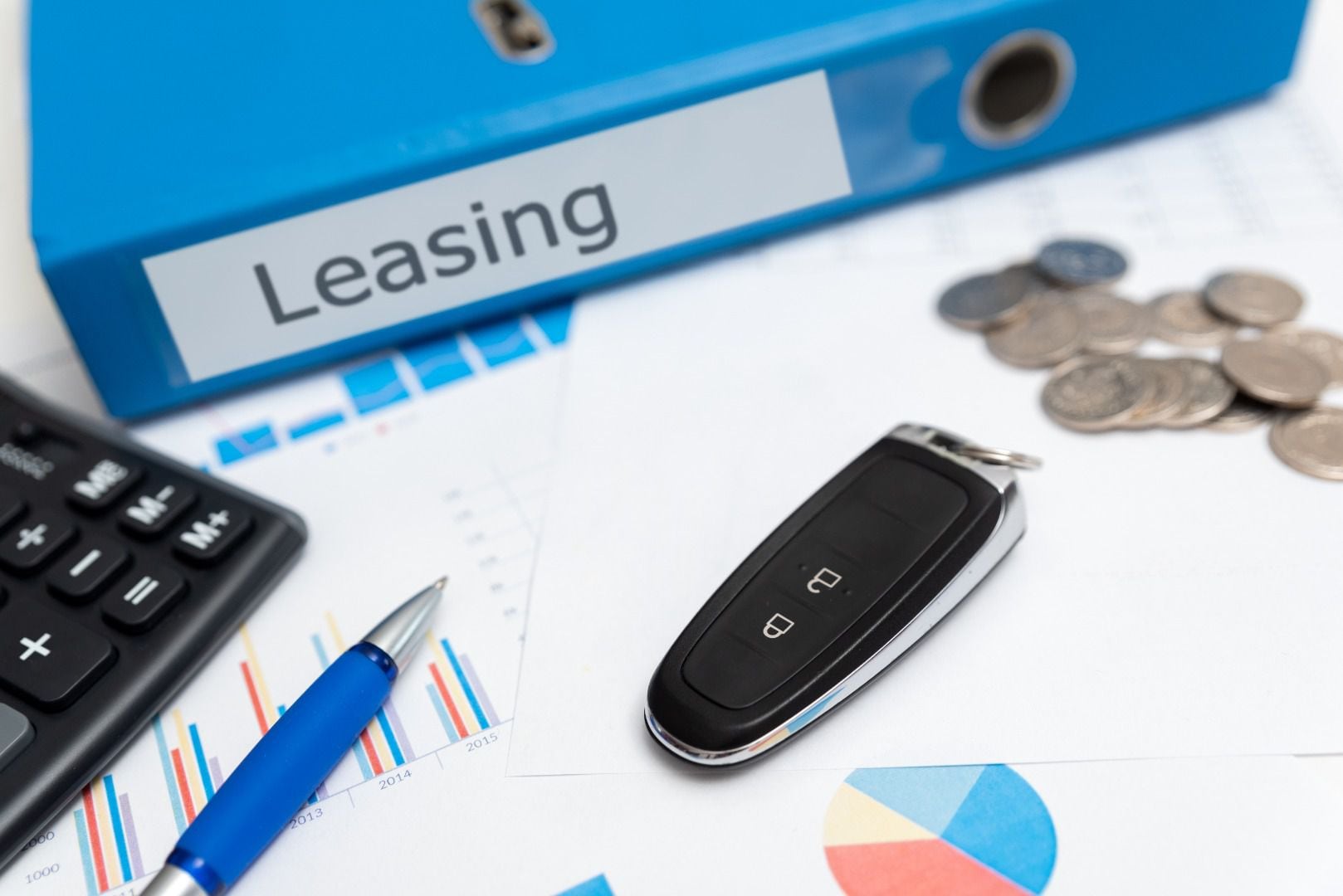
Vehicle leasing ・ Photo by Adobe Stock
Leasing has become a very important part of the overall American car industry. The most recent reports suggest that between 25 percent and 30 percent of new cars will be leased this year instead of purchased. Television and online ads frequently tout low monthly lease rates to entice car buyers.
Yet despite the fact that car leasing has been around for decades, despite the fact that leasing typically offers a lower monthly payment than the typical car loan, and despite the fact that many financial experts say it is better to lease a depreciating asset like a car versus owning it, leasing is still chosen by a minority of those who acquire new cars. One reason for that is consumers don’t have a solid understanding of how a lease works. To change that, here are 10 things you should know if you plan to lease your next car.
1. Know what a lease is... and isn't.
A person who leases a vehicle is acquiring the use of that vehicle for a specific period of time, usually two or three years. In the simplest terms, a lease is a contract agreed to by the owner of an asset and a person who would like to have the benefits of that asset for a specified timeframe and is willing to pay for the privilege.
In the typical auto lease, a financial institution is the owner of the car and the person using it is an individual (although a car could also be leased by a business or a governmental agency). In addition to authorizing the use of the car for a defined time period, an auto lease usually details things the user of the vehicle (the lessee) is required to do or not do. They dictate insurance coverage, total miles driven, and wear-and-tear on the vehicle. A lease might seem like just another way to get a car, but it is significantly different from a car purchase.
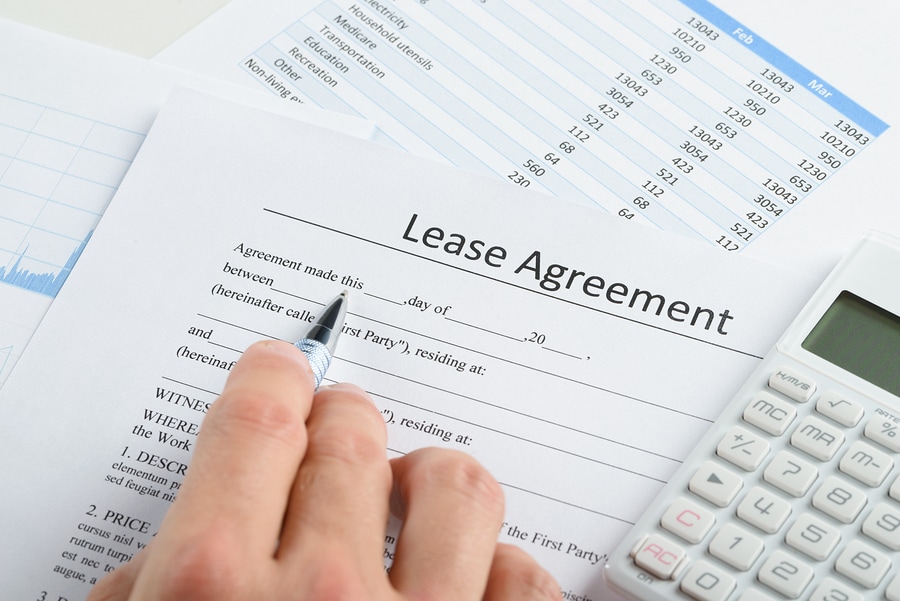
2. Leasing differs from buying.
To a casual observer buying or leasing a car seem to be very similar. Both transactions can include an initial payment (in a purchase called the “down payment”) and a series of monthly payments.
But a lease term rarely runs longer than three years, while the average length of a car loan term in 2019 was 69 months. Some car loans can run as long as 84 months, and you have to ask yourself if you will feel as comfortable about making that monthly payment on a six-year-old car as you were on a brand-new car. If you lease for two or three years, you can be in a new car every two or three years, while if you buy, you could be in that vehicle for five, six, seven years, or more. And if you decide to change vehicles in the middle of the loan term, you could find that you owe more on the loan than the car is worth.
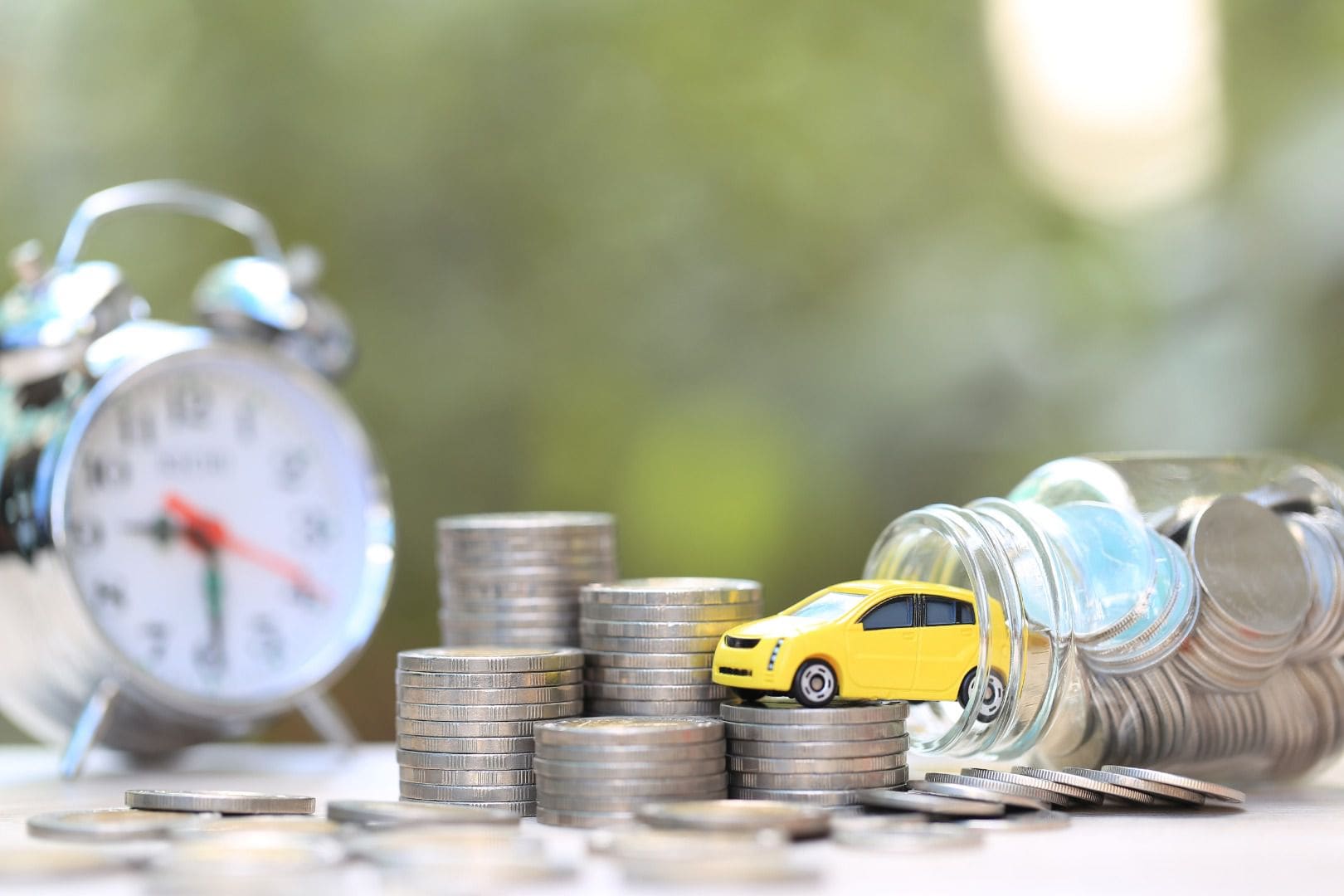
Photo by Monthira - stock.adobe.com
3. Understand capitalized cost.
When the typical car buyer negotiates to buy a new car, they typically seek a discount off the manufacturer’s suggested retail price (MSRP). What many lessees don’t seem to realize is they can do the same thing on the price of the new car they are about to lease.
This is important because their negotiation with the dealer sets the capitalized cost or “cap cost,” which is the price the leasing company will pay to acquire the car it will then lease to the consumer. The cap cost, sometimes referred to as the “lease price,” is important because the lower the cap cost the lower the monthly payments will be, all other things being equal. In addition to savvy negotiation, the cap cost might also be reduced by things like “factory cash,” manufacturer-to-dealer incentives, your trade-in value, and upfront cash you paid. Cap cost reductions are helpful because they result in smaller monthly payments.
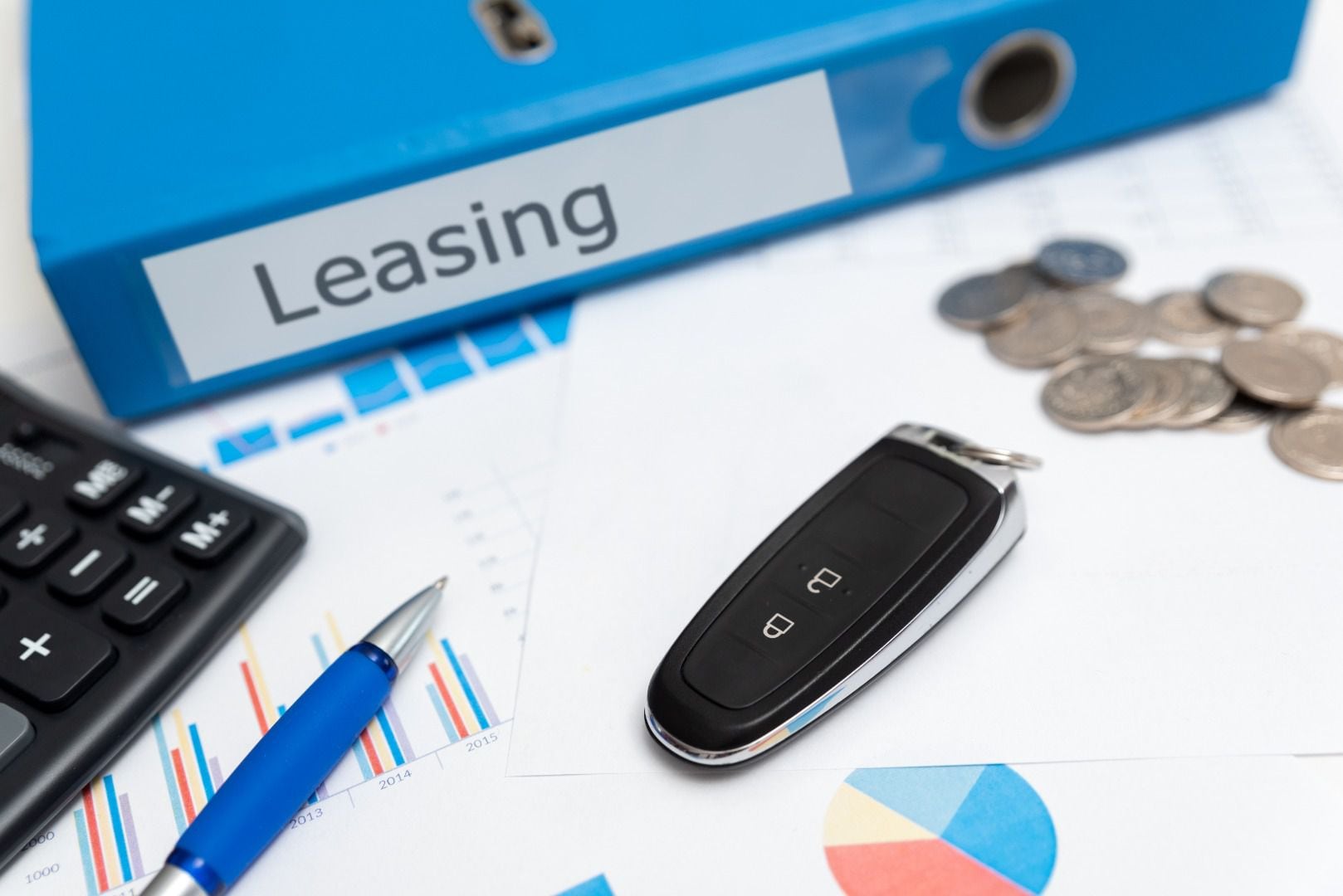
Photo by Adobe Stock
4. Consider the 'money factor.'
Sometimes it is helpful to view a lease as simply an alternative way to finance a car. As we just mentioned, when a car is leased it is typically purchased from the dealer by the leasing company, most often a financial institution.
Of course, that company wants to make money on the deal, so it figures an interest rate into the transaction just as it would if you were buying the car with an installment loan. Unfortunately, the interest rate isn’t usually stated in straightforward terms. Instead, it is embedded in what is called the money factor, lease factor, or lease rate. This is usually expressed as a decimal like 0.002083, which is hard to make sense of. The good news is if you multiply the money factor by 2,400, the result will be the interest rate. (In this instance, 0.002083 x 2,400 = 5%.)

5. Resale value is key.
OK, so you understand how to determine the interest rate on your lease. But what amount are you paying interest on? This is where a lease can get complicated.
First, a lessee must make payments for the portion of the car’s total value they use during the lease term. This is the amount the vehicle declines in value (depreciates) during the lease. It is estimated by subtracting the predicted value of the car at the end of the lease (the residual value or “residual”) from the capitalized cost (purchase price). Typically, an independent company that specializes in vehicle value sets the residual. Sometimes, especially if the lease is financed by a firm associated with the auto manufacturer, the residual value will be set at an optimistic (higher) figure than the market would suggest. This is done because a higher residual results in lower monthly payments, making it more tempting to lessees.
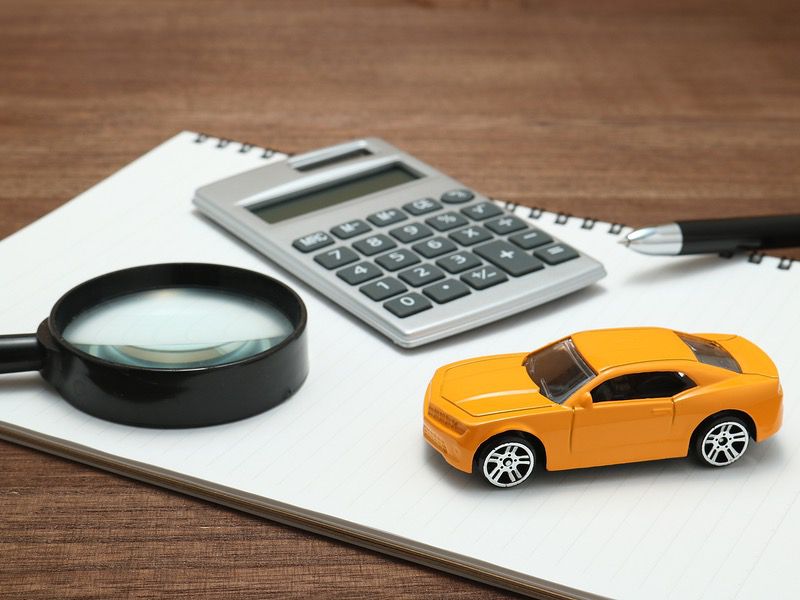
7. The monthly payment has many factors.
The first portion of figuring out the total lease cost is straightforward, but the other portion is not. In addition to paying off the vehicle’s depreciation month by month, the lessee must also pay a finance charge, and that’s where the money factor comes in.
While it might seem the money factor is designed to confuse consumers, it is actually a shortcut to arriving at the total cost. Add the adjusted capitalized cost to the residual value. Multiply that result by the money factor. Now you have the amount that must be added to the total depreciation to arrive at the total. You then divide that sum (depreciation + financing cost) by the number of months in the lease term (say, 36 months) to arrive at the monthly lease payment.

Photo by Bigstock
7. Your leased car isn't yours.
When you purchase a car via a car loan, the assumption on both your part and the finance company’s part is that you will eventually own the vehicle. Thus, you can drive it as much as you want and take care of it the way you want. The finance company is hoping it will never see it again, since it expects you to make all the payments, or to pay it off when you eventually trade it in on a new car.
A lease is completely different because the lease company not only owns the car but also expects to get it back from the lessee in a specified period of time. So the finance company wants some assurance that the car that is returned to it is actually worth something very close to the residual value in the lease contract.

Photo by iStock Photo
8. There are mileage limits.
Since one major determinant of vehicle value is mileage, leases typically put outside limits on the number of miles the vehicle can be driven. These limits are usually expressed in “per year” terms, for example, 10,000 miles per year, 12,000 miles per year, or 15,000 miles per year. To determine the limit for the lease term, you multiply the yearly mileage limit by the number of years of the contract.
What happens if you exceed the limit? You pay an excess mileage charge, usually something like $0.10 to as much as $0.25 per mile. In addition, lessees are required to return the car undamaged, unmodified, and with only “normal wear-and-tear.” Violating those parameters can result in additional charges.
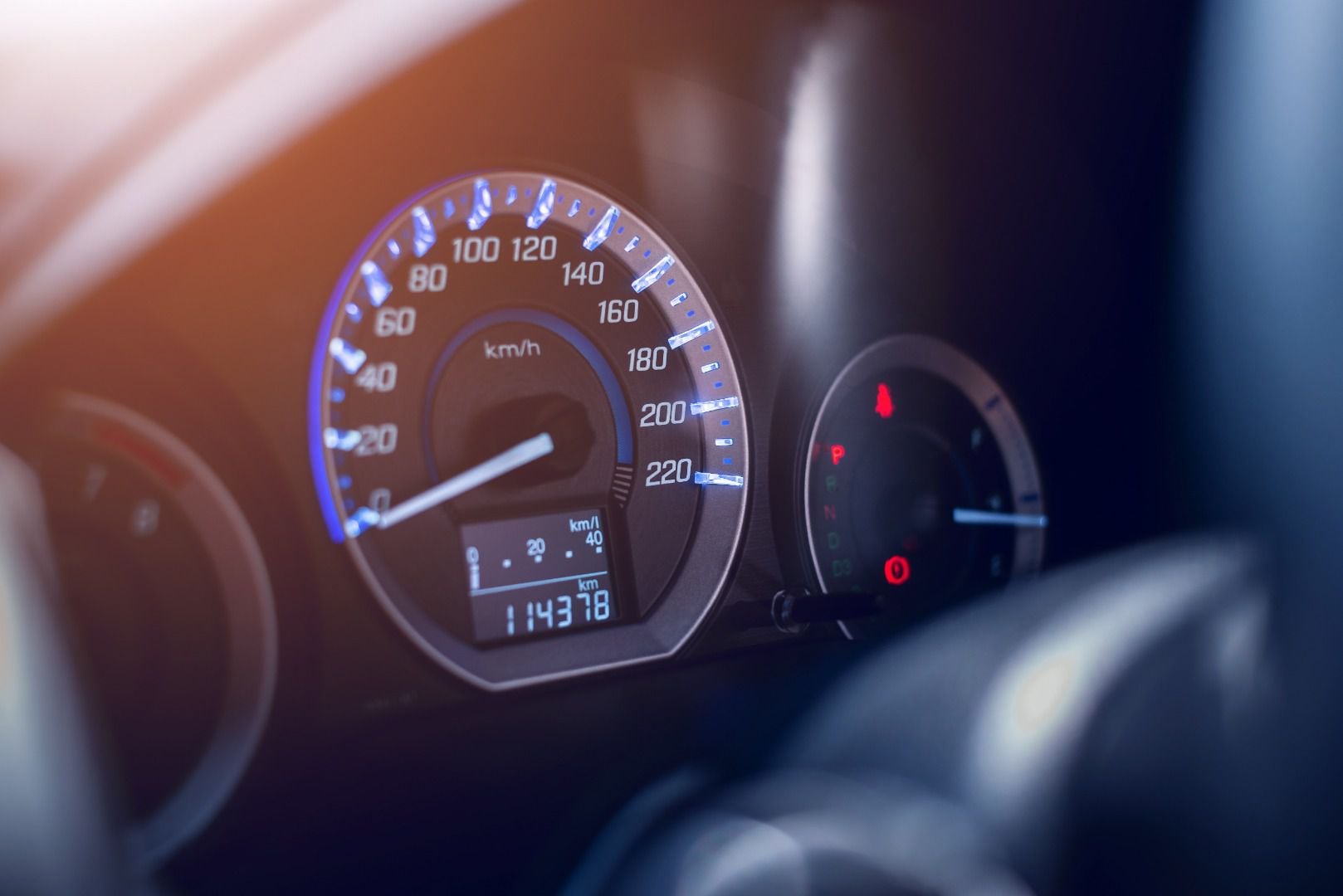
Photo by Songwut Pinyo - stock.adobe.com
9. Leasing has key advantages.
Despite the restrictions on vehicle use that don’t exist when you purchase a car, leasing continues to represent a significant portion of the overall retail car market. The most compelling advantage of a lease is the low monthly payment associated with it versus the monthly payment on a loan contract.
Compare the monthly payment for a vehicle leased for 36 months versus the monthly payment for an identical vehicle financed with a car loan for 36 months, and the lease payment will be much, much lower. This occurs because when you lease you, are only paying for the use of that car over a small portion of its useful life. Typical leases also have a low upfront payment, and you don’t have to worry about selling or trading in the vehicle once the lease is done.

Photo by Toyota
10. Leases aren't for everyone.
The key disadvantages of leasing are the restrictions you’ll face. The lease contract will require you to maintain the vehicle well, carry a certain level auto insurance, and drive it no more than a specified number of miles.
Additionally, you will never build equity (ownership) of the vehicle. Those who pay off a car loan will own the car free-and-clear. And that could offer them low-cost transportation for years to come. But many consumers never pay off their cars, because they want a new one before the loan term ends. To them, the ability to change cars more often is an advantage they are willing to pay for.

Photo by kodt - stock.adobe.com